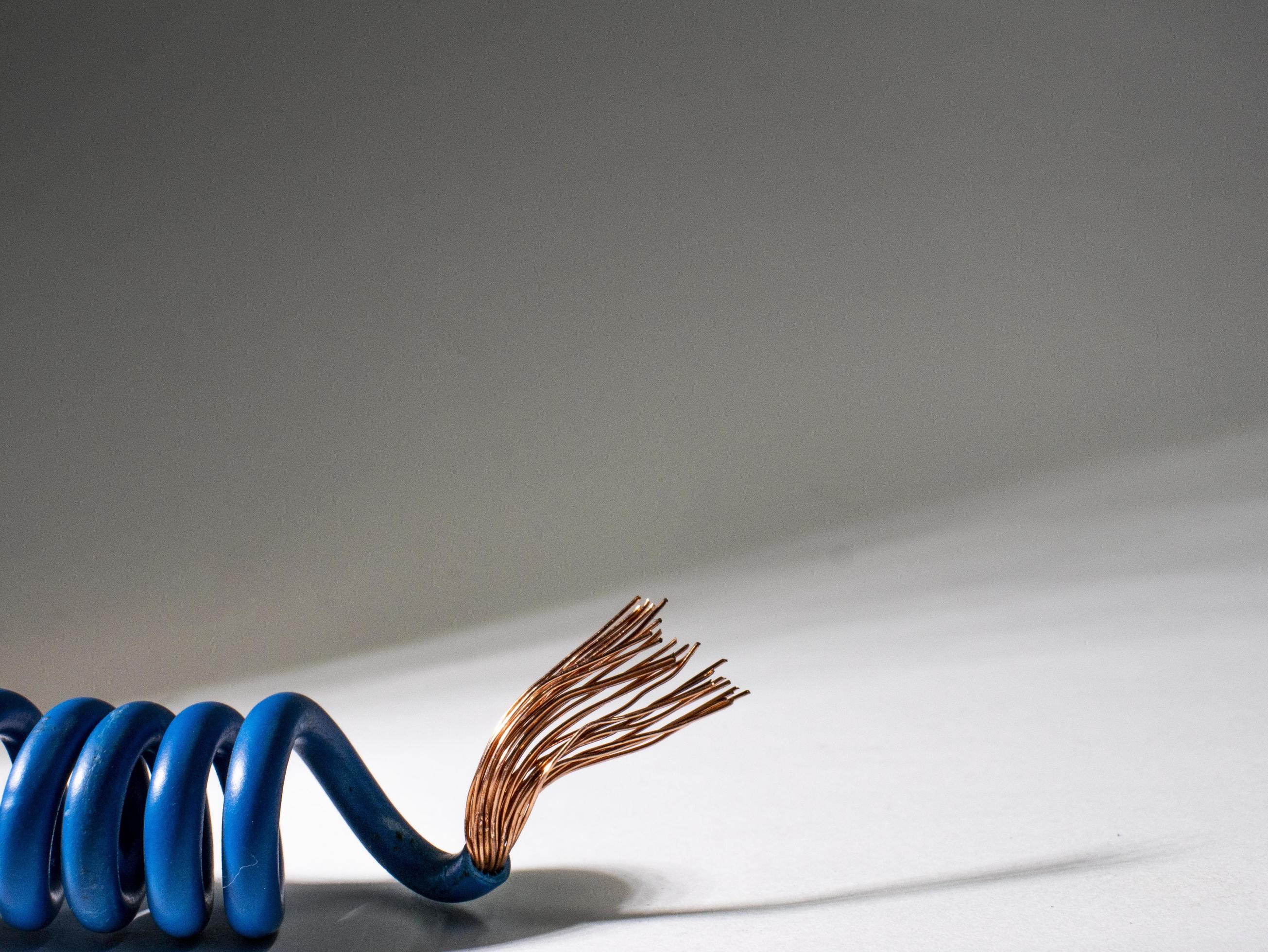One of the most common types of insulated wire is non-insulated copper wire. Copper wire is one of the most widely used conductors due to its high conductivity and durability. Non-insulated copper wire is simply copper wire that does not have any insulation material added to it.

Non-insulated copper wire is often used in applications where the wire does not need to be protected from its environment. For example, non-insulated copper wire is commonly used in coil winding applications, such as in motors or transformers. In these applications, the wire is wound around a core, and the lack of insulation material allows for a more compact winding.
Non-insulated copper wire is also used in some electrical connections where the wire is not exposed to outside elements. For example, it may be used in an internal wiring harness in a vehicle where the wire is protected by the vehicle's structure and other components.
While non-insulated copper wire is widely used, it is important to handle it with care to avoid any accidental contact with the wire. Copper wire is an excellent conductor of electricity and can pose a risk of electric shock if not handled properly.
In summary, while insulated wire is commonly used in a variety of applications, non-insulated copper wire is also widely used in situations where the wire does not need to be protected from its environment. Non-insulated copper wire is a durable and reliable conductor that is widely used in the electrical industry. It is important to handle the wire with care to avoid any accidental contact and to ensure proper electrical safety.